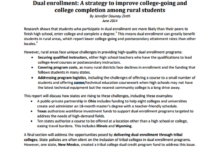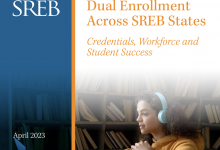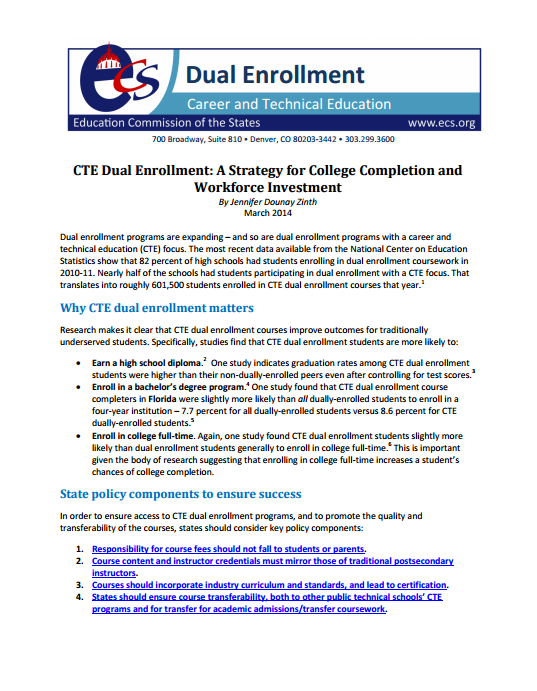Participation in Career Technical Education (CTE) dual enrollment coursework in high school has the potential to improve outcomes for traditionally underserved students—and enrollment is on the rise. In the 2010-11 school year, half of the schools offering dual enrollment also offered dual enrollment with a specific CTE focus. This policy brief from the Education Commission of the States (ECS) provides a framework to help state and local policymakers integrate CTE into dual enrollment programs. The framework includes four components:
- Responsibility for course fees should not fall to students or parents;
- Course content and instructor credentials must mirror those of traditional postsecondary instructors;
- Courses should incorporate industry curriculum and standards, and lead to certification; and
- States should ensure course transferability.
For each component in the framework, the brief explores state examples to demonstrate how strategies can be put into practice. This is a helpful resource for states looking to better integrate CTE and dual enrollment.







